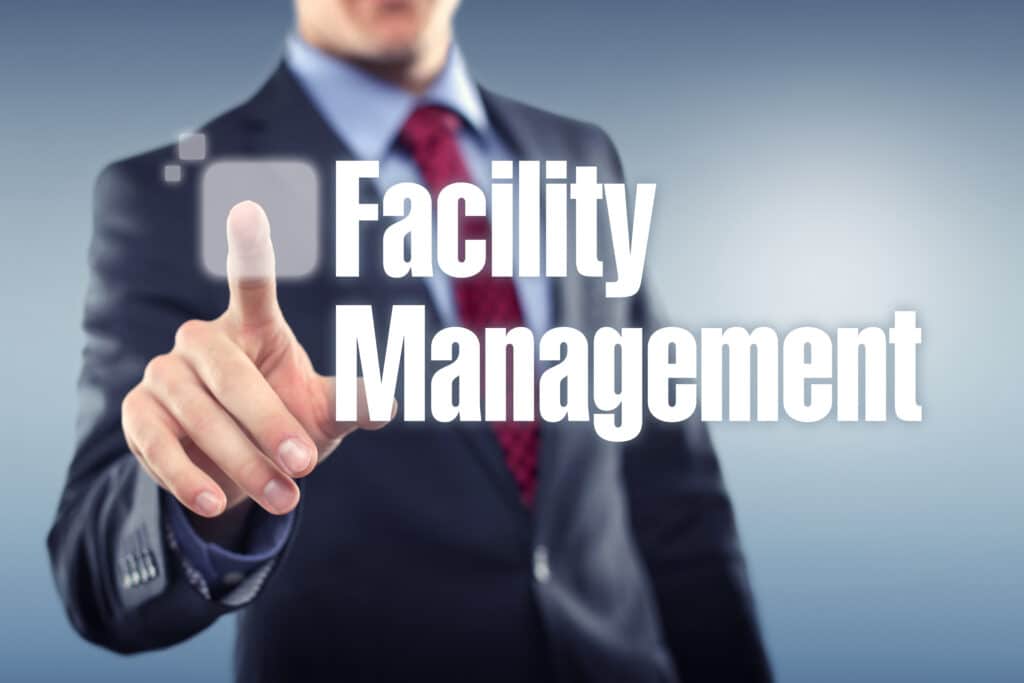How Total Facility Management Can Enhance Productivity and Minimize Costs
Top Benefits of Total Facility Management for Streamlined Operations
Total Facility Management (TFM) represents a critical technique to enhancing functional efficiency by incorporating various solutions, such as upkeep and safety, under a unified management framework. The question stays: what specific advantages can companies harness from adopting TFM, and just how might these benefits transform their functional landscape?
Enhanced Functional Efficiency
Improved functional efficiency is a main advantage of executing total facility management (TFM) techniques. TFM incorporates a comprehensive technique to taking care of a facility's resources, procedures, and framework, ultimately enhancing procedures. By consolidating different solutions-- such as upkeep, cleansing, area, and protection management-- TFM boosts and decreases redundancies control amongst different functional features.
The assimilation of technology further enhances this effectiveness. Advanced facility management systems supply real-time information analytics, allowing facility managers to make educated decisions that enhance process and resource allowance. Predictive maintenance methods, for example, expect devices failings before they occur, decreasing downtime and extending asset lifespan.
Additionally, TFM advertises standard procedures across various departments, ensuring uniformity and top quality in solution shipment. This uniformity reduces functional interruptions and promotes a more collaborative functioning atmosphere. Therefore, employees can concentrate on their core duties, driving efficiency and enhancing total efficiency.

Price Reduction and Financial Savings
Implementing total facility management (TFM) not only enhances operational performance but likewise dramatically adds to set you back decrease and savings. By combining numerous services under a single management framework, organizations can get rid of redundancies and simplify processes, thus minimizing functional costs. TFM allows much better purchase strategies, enabling business to bargain bulk buying contracts with vendors and solution providers, resulting in lower costs.
In addition, TFM emphasizes preventive maintenance, which reduces unforeseen failures and expands the life-span of crucial devices. This proactive method not only lowers repair costs but also enhances the reliability of facilitiess, ensuring uninterrupted operations. Additionally, power performance campaigns, often a vital emphasis of TFM, lead to significant savings on energy expenses, as facilitiess are optimized for reduced energy consumption.
Improved Source Management
Effective source management is a keystone of total facility management (TFM), allowing organizations to maximize using their possessions and workforce. By carrying out TFM techniques, companies can thoroughly assess their resource allowance, ensuring that every possession is used effectively and successfully. This alternative method enables the identification of underperforming sources and the capacity for reallocation or improvement.
On top of that, TFM assists in the assimilation of technology for real-time monitoring of sources, which assists in predicting maintenance needs and preventing costly downtime. By leveraging information analytics, companies can make informed choices concerning source deployment, ultimately boosting productivity and decreasing waste.
Additionally, TFM advertises a culture of continuous enhancement, motivating teams to routinely examine and fine-tune their source management methods. Total Facility Management. This aggressive stance not just reduces functional disturbances yet likewise cultivates development, as staff members are encouraged to recommend renovations based upon their firsthand experiences with source usage
Streamlined Communication Channels
In total facility management, structured communication channels play a critical role in fostering collaboration and efficiency throughout teams. Reliable interaction ensures that all stakeholders, consisting of facility supervisors, upkeep team, and provider, are aligned with operational requirements and organizational goals. By developing clear lines of interaction, teams can swiftly address problems, share updates, and execute options, consequently decreasing downtime and enhancing efficiency.
With systematized interaction platforms, information is quickly available, allowing for real-time updates on maintenance demands, resource allowance, and job timelines. This openness not only reduces misconceptions however also equips staff members to make informed choices swiftly. Streamlined interaction facilitates better sychronisation throughout emergencies, making certain that all workers are notified and can react without delay.

Enhanced Emphasis on Core Activities
A crucial benefit of total facility management is the boosted emphasis on core activities, enabling organizations to focus on my website their primary organization goals - Total Facility Management. By outsourcing non-core features such as maintenance, cleaning, and safety, companies can redirect their sources and power towards tactical efforts that directly add to their competitive benefit and growth
Total facility management incorporates various operational tasks under a solitary umbrella, cultivating effectiveness and reducing redundancy. This loan consolidation not only improves procedures however additionally improves responsibility, making certain that every facet of the facility runs harmoniously without diverting interest from what absolutely matters-- core organization features.
In addition, this approach makes it possible for staff members to dedicate their time and initiatives to tasks that drive innovation and boost customer contentment, rather than getting stalled by operational challenges. With a reputable facility management companion taking care of daily operations, organizations can achieve greater dexterity, react swiftly to market modifications, and maintain a sharper emphasis on their objective.
Eventually, raised concentrate on core activities leads to boosted overall efficiency, permitting companies to reinforce their market position and satisfy their calculated goals a lot more successfully. - Total Facility Management
Final Thought
In conclusion, Total Facility Management dramatically improves operational effectiveness by settling crucial solutions and leveraging information analytics for educated decision-making. Price decreases and enhanced source management add to total savings, while structured interaction channels foster cooperation among stakeholders. By allowing organizations to focus on core tasks, TFM not just maximizes productivity yet additionally view it now enhances market positioning. The combination of these advantages underscores the value of TFM in attaining sustainable operational quality.
Total Facility Management (TFM) represents a tactical technique to improving functional performance by integrating different solutions, such as upkeep and safety, under a unified management framework.Boosted operational efficiency is a primary benefit of applying total facility management (TFM) techniques. Advanced facility management systems offer real-time information analytics, allowing facility managers to make check these guys out enlightened decisions that improve operations and resource allotment.Carrying out total facility management (TFM) not only enhances operational efficiency but also significantly contributes to cost decrease and savings.Efficient resource management is a foundation of total facility management (TFM), making it possible for companies to maximize the usage of their possessions and workforce.